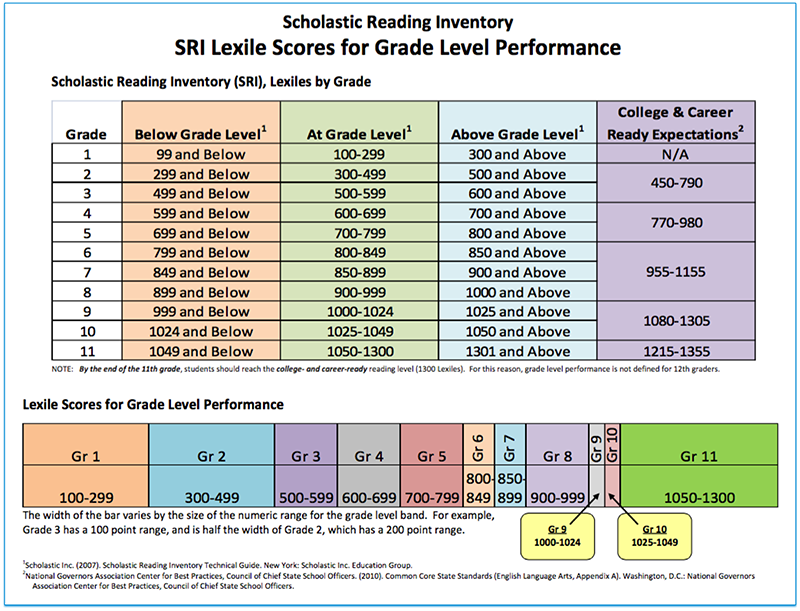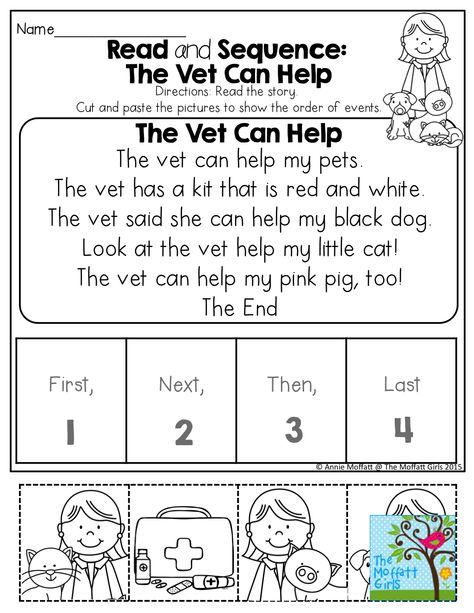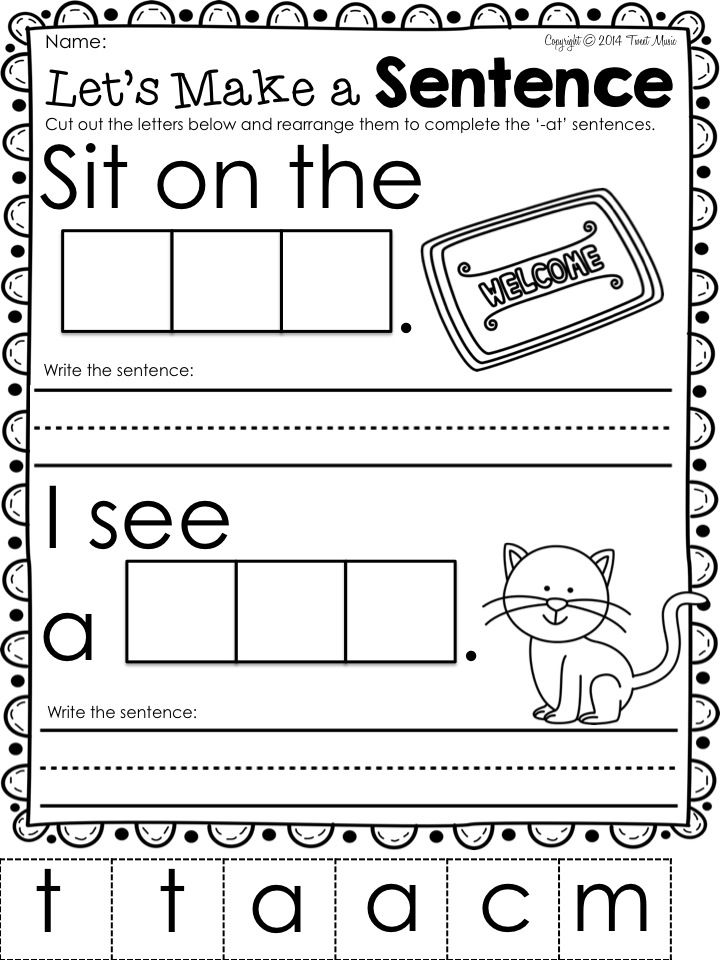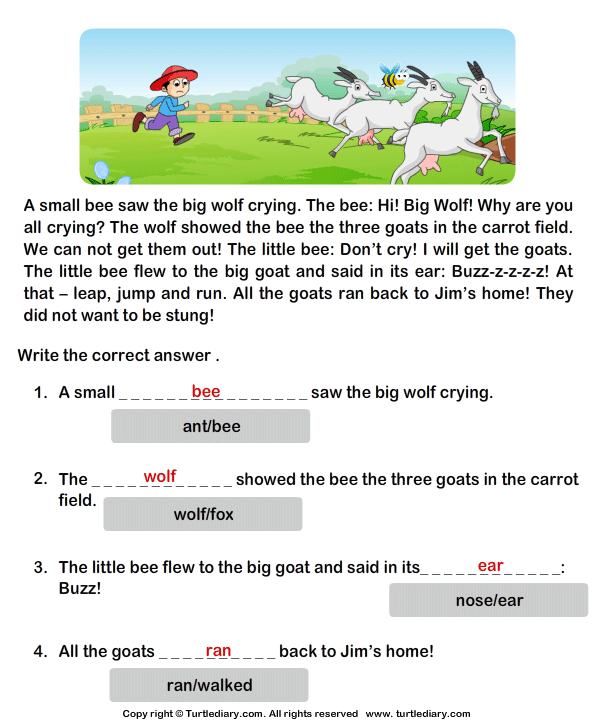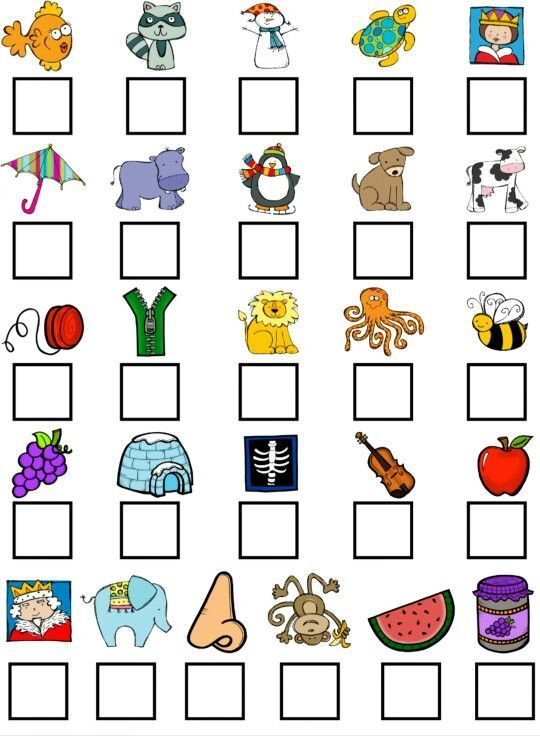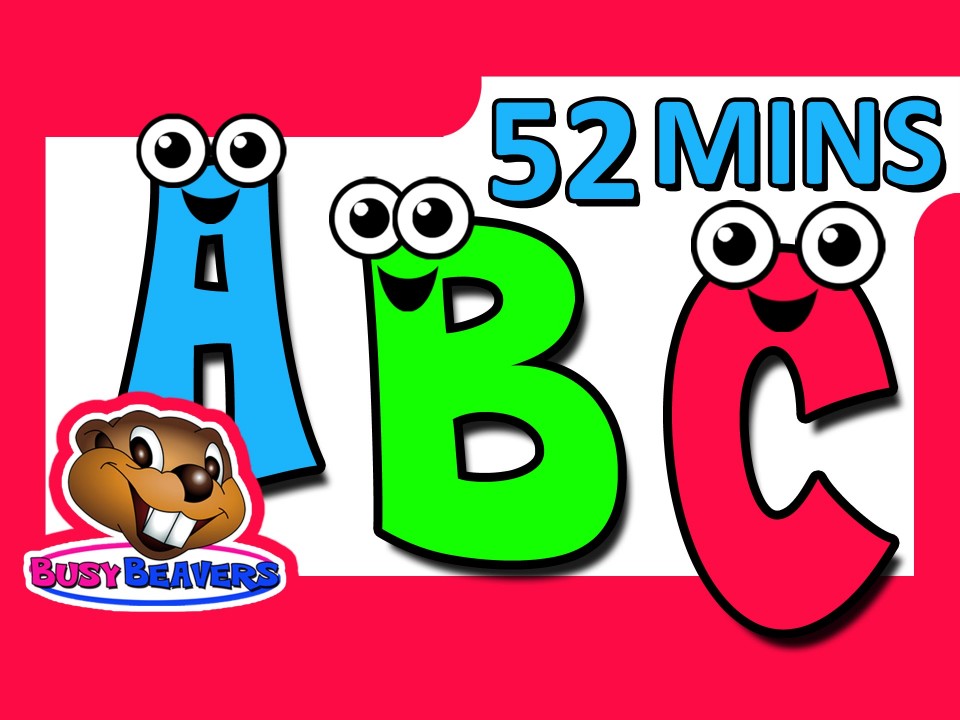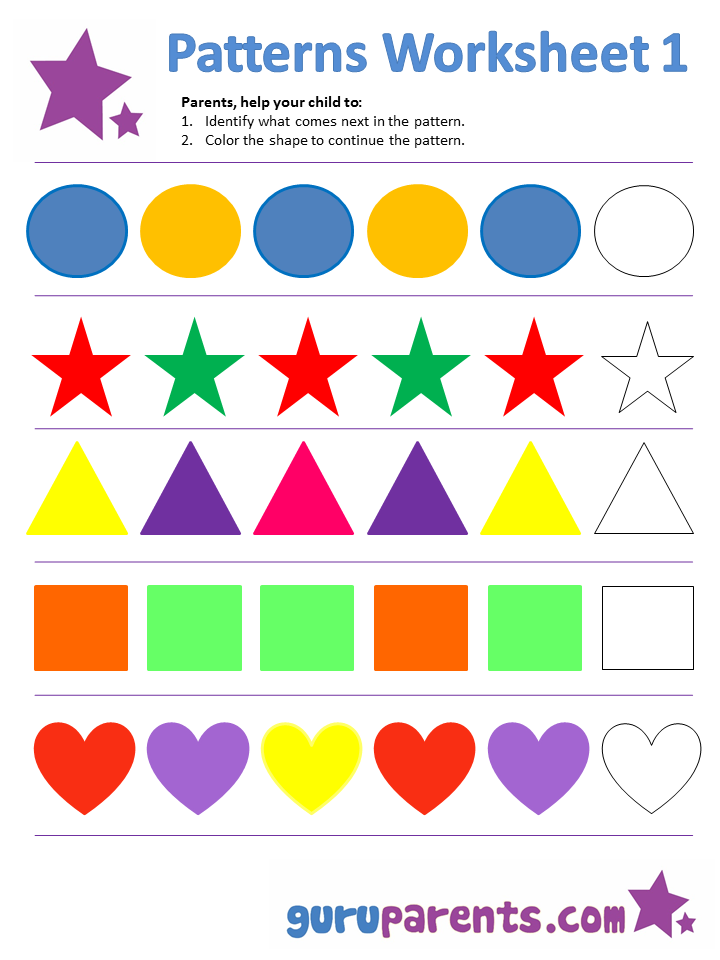How to determine the lexile level of a book
How To Determine Reading Level Of A Book
Learning how to determine reading level of a book helps you find appropriate books for your child and challenge their abilities.
When choosing children’s books, the reading level of the book can be pretty important. You want to challenge children to read a bit higher than they think they can while not discouraging them with books that are too difficult.
Whether you have beginning readers or advanced readers in your life, learning how to determine the reading level of a book is a valuable tool. Thankfully, parents and educators have a number of tools available to help them.
This guide will discuss what reading levels are, how to find them and how you can ensure that the books you offer are suitable for the children in your life.
Contents
- Tips on How To Determine Reading Level Of A Book
- What is Reading Level?
- Why Reading Level is Important
- Reading Level and Interest Level
- Common Measures for Reading Levels
- Tools to Find the Reading Level of a Book
- A Final Word on How to Determine Reading Level of a Book
- FAQs About how to Determine Reading Level of a Book
- Author
Tips on How To Determine Reading Level Of A Book
So how can you determine the reading level of a book? Before delving into the tools available to help you find a book that your child can read, first, you must understand what reading level is.
What is Reading Level?
The reading level of a book determines how well a child can read it independently. Unfortunately, reading level is often confused with grade level, so a book with a fourth-grade reading level is designed with vocabulary and syntax that the average fourth grader can understand.
However, it is not always as simple as picking a book that is leveled at your child’s grade level. Your child’s teacher can tell you that students fit into a wide range of levels, even within the same classroom.
As your child’s reading skills develop, you’re going to need to find reading materials that match. Knowing how to read reading levels will help.
Why Reading Level is Important
Children who are learning to read need to have a text they can read successfully. If text is too easy, the child gets bored. If the text is too hard, the child gets frustrated.
This balance is where the reading level helps. Finding a book that matches your child’s abilities and interests will encourage successful reading, and reading level is key to that.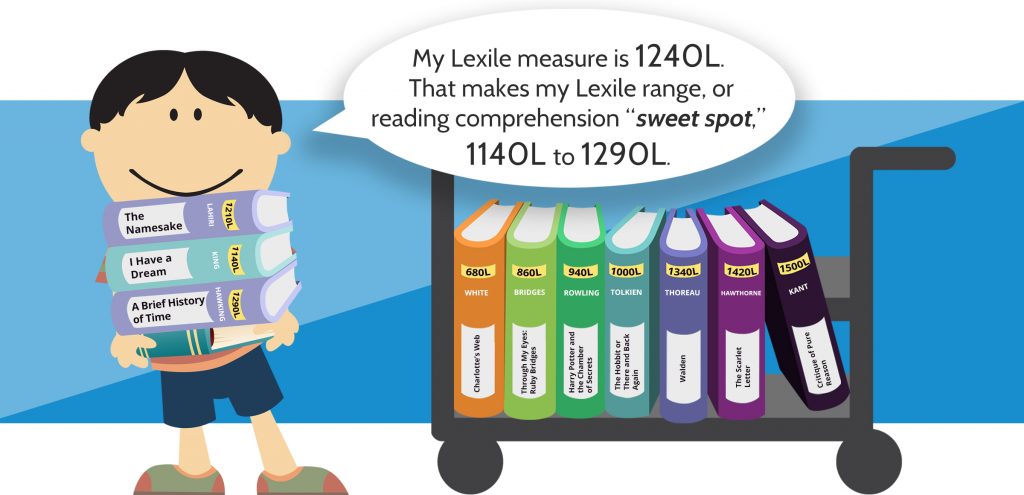
Reading Level and Interest Level
Adding interest level to your decision-making will help guide you to the books they will be most interested in readingAnother benchmark you can check into is interest level. This metric shows how interesting a particular book is likely to be to your child based on their age or grade level.
If a child is particularly behind or advanced in reading level, finding books they want to read but match their reading level becomes more challenging. Adding interest level to your decision-making will help guide you to the books they will be most interested in reading.
Common Measures for Reading Levels
Many tools measure reading levels. As you learn how to determine the reading level of a book, you will find that these tools make the job a lot easier, so you can find a book that fits the child’s reading level. Here are some popular reading systems to consider.
1. Fountas-Pinnell Guided Reading Level
Fountas and Pinnell created the Guided Reading Level.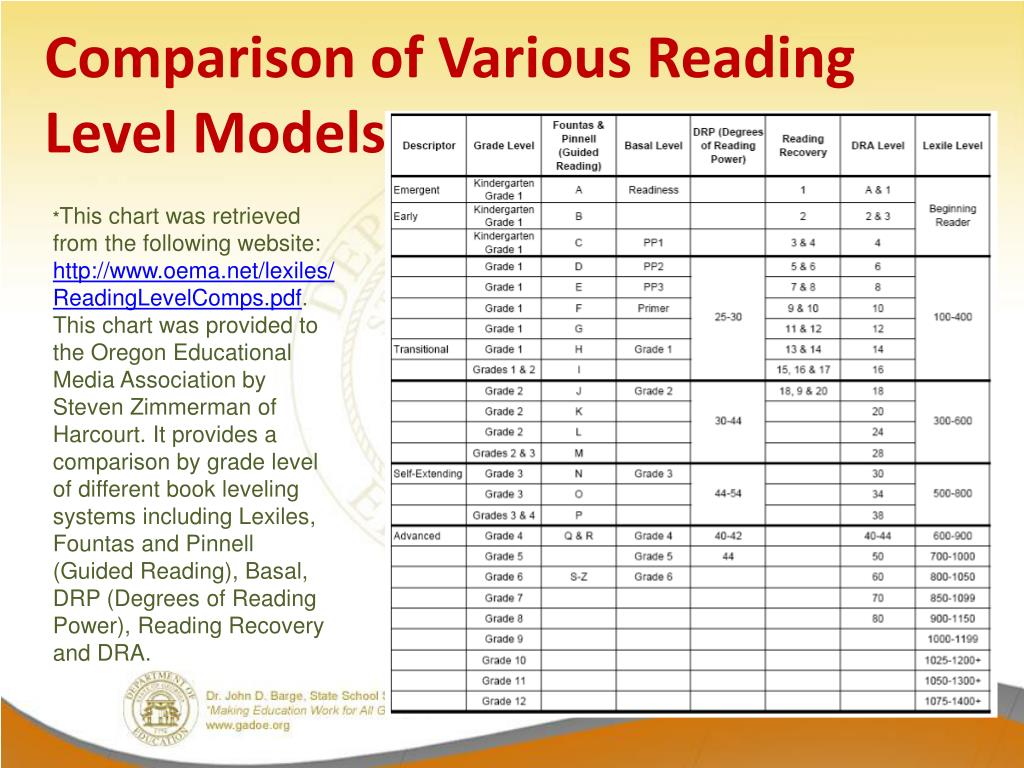 This leveled reading system assigns a level to individual books. Factors that impact that level include repetition of words, the complexity of sentences, and sentence length.
This leveled reading system assigns a level to individual books. Factors that impact that level include repetition of words, the complexity of sentences, and sentence length.
This program uses specialized reading lists with books that already have a grade level measure.
2. Grade Level Equivalent
The Grade Level Equivalent leveled reading system assigns an actual grade level to the book based on what students typically can read at a particular stage of their education. This metric is labeled with a decimal point, where the first number is the grade level, and the number after the decimal point indicates the number of months into the school year the student would be. So, a score of 2.1 means second grade one month into the school year.
For parents that are new to reading levels, this can be a helpful metric as it shows a level they can easily relate to their student’s age and grade. However, parents need to realize that students develop their reading abilities at different speeds, so any particular child may read at, above, or below the published reading level.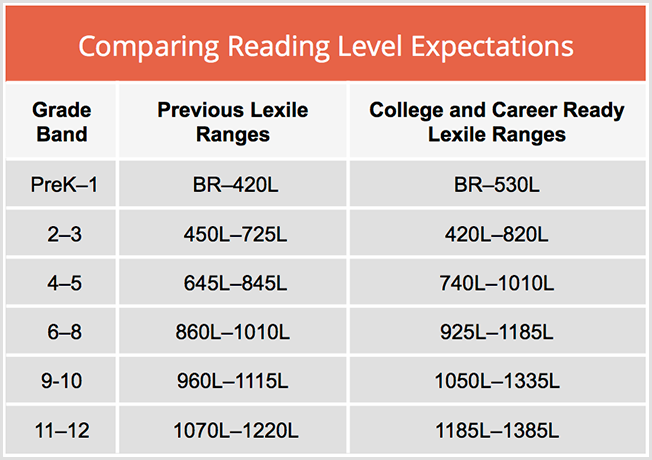
3. Developmental Reading Assessment
The Developmental Reading Assessment, or DRA, assesses a child’s reading ability through a reading test. It then gives the student a score based on that test. Factors it checks include:
- Phonemic awareness
- Alphabetic principles/phonics
- Fluency
- Vocabulary
- Comprehension
- Reading engagement
Books are given corresponding scores based on text complexity and vocabulary. Thus, teachers and parents can easily connect students to books that fit their abilities after taking the test by lining up the test scores with the scores of the book.
4. Lexile Framework for Reading
The Lexile Framework is a National Institute of Child Health and Human Development metric. It uses Scholastic Inventory Test scores to evaluate text and determine what reading level it is.
To use the Lexile Framework, students must take a standard test or the Scholastic Reading Inventory (SRI). This then matches them with a reading level that matches their ability.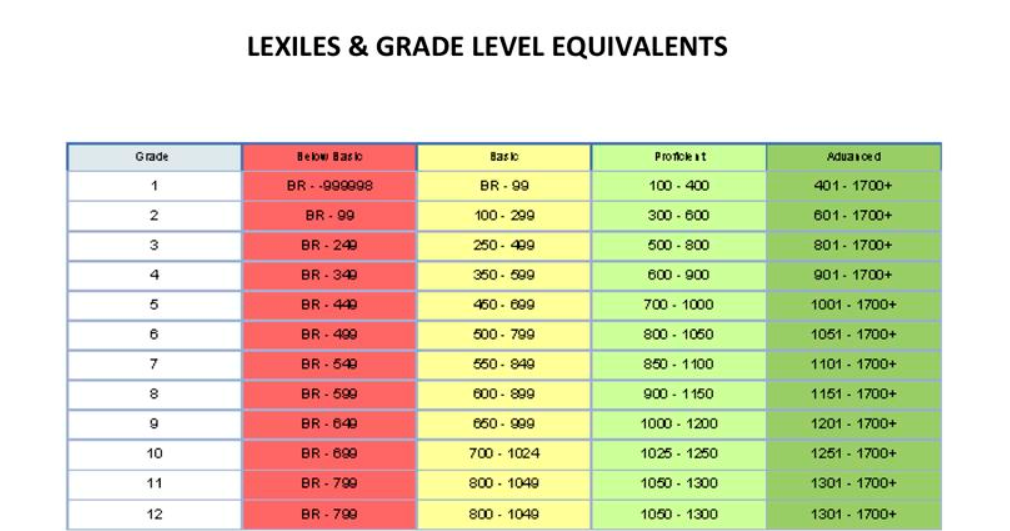
You can look up the Lexile level of a book online on the Lexile website.
5. Accelerated Reader Book Levels
Accelerated Reader is a complex readability formula that rates text complexity. It uses grade level ratings to indicate what year and month a student could read a book independently.
Accelerated Reader is different from straight grade level equivalents because it uses interest level as well. This indicates if the content of a book is age-appropriate for the particular grade level.
Tools to Find the Reading Level of a Book
Understanding the different reading tests and reading level measures is important, but it does not help you learn how to determine the reading level of a book when your child wants to read something. Thankfully, you have several tools at your disposal to help.
1. Scholastic’s Book Wizard
Scholastic offers a book wizard tool that has over 65,000 children’s books in the database. You can search using the title and author to find an individual book’s reading level.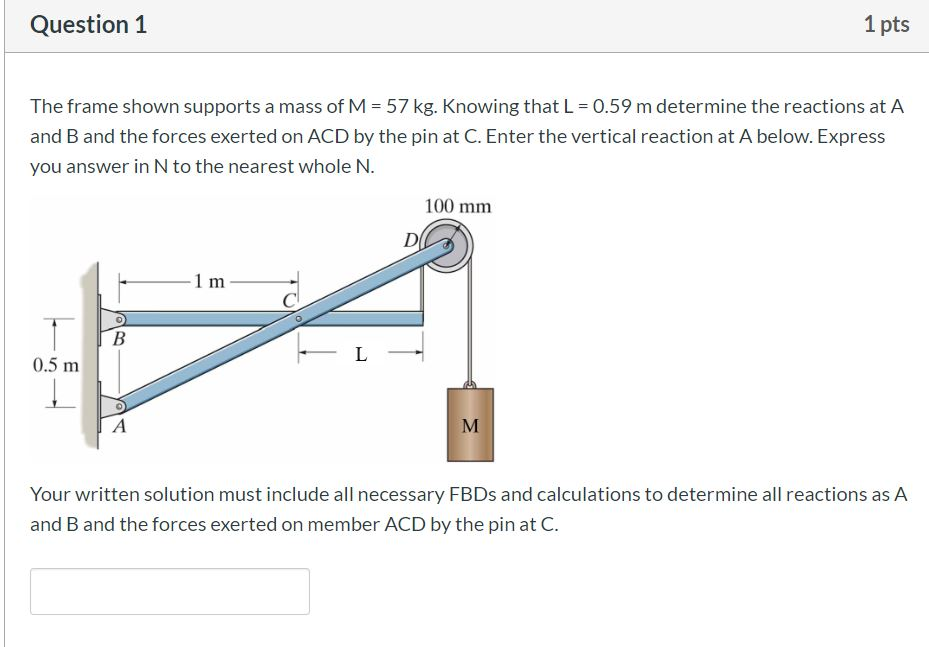 If you are looking for recommendations for your child, you can search by reading level, subject, grade level, or genre and get a list of suggestions.
If you are looking for recommendations for your child, you can search by reading level, subject, grade level, or genre and get a list of suggestions.
2. Renaissance ATOS Analyzer
If you can’t find your book or text in another tool, you can copy a portion of the text into the ATOS Analyzer to see how it rates. This tool uses a readability formula to tell you how easy something is to read. It also merges with the Lexile measure, so you can search for individual books if they are in the database.
3. Lexile Look Up
Lexile’s online tool lets you search for a book by its ISBN. Just enter the number on the Quick Book Search to see if it is in the database. The website also allows you to look at a list of books based on your child’s reading level.
4. Accelerated Reader Search Tool
The AR search tool lets you search for a particular book’s readability, Lexile level, and interest level. It reports a grade level based on whether or not a child will be challenged in the reading but not frustrated.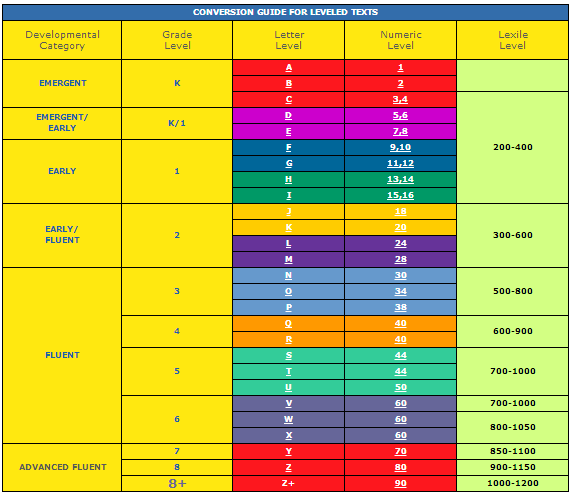
5. Correlation Chart
The Correlation Chart is part of the State of Washington public library system. It lets you find the reading level of a book, then use the tool to compare that to the reading level in another measurement. If you are looking for a specific measure but know another one, this tool can help you compare.
A Final Word on How to Determine Reading Level of a Book
Reading levels help you choose books for your child that fit their interests and abilities. You can avoid frustration and boredom by selecting appropriate books. Using reading levels also encourages more independent reading, especially with young readers.
Parents can sometimes struggle with finding reading levels for different books, but using a book’s ISBN, you can search in several tools that have book lists based on reading level. Using these tools and asking your child’s teacher what their current reading level is will allow you to choose the right reading material for your child.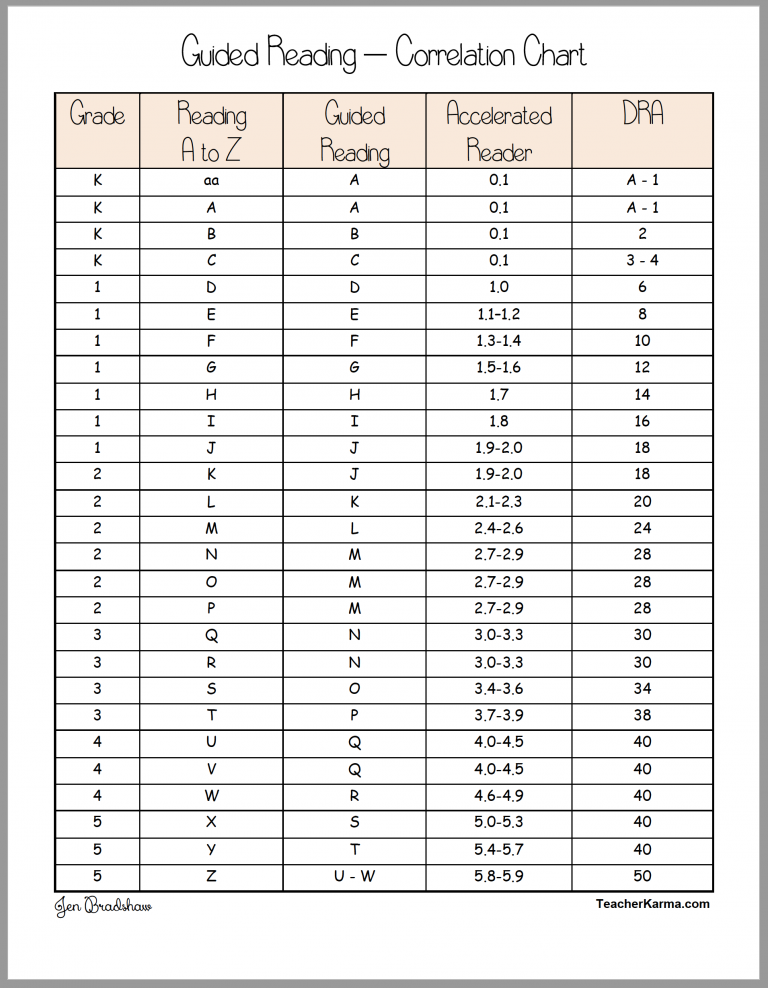
FAQs About how to Determine Reading Level of a Book
How to find the reading level of a book?
Using different tools, such as the Scholastic Book Wizard or the Accelerated Reader Search Tool, you can learn the reading level of many children’s books to help you choose appropriate reading options for your child.
How to determine my child’s Lexile reading level?
If your child is at school, they will be tested each year under their standardized testing program. This testing will give your child a Lexile reader measure. Simply ask your child’s teacher or check their standardized test score report to learn your child’s measure.
Join over 15,000 writers today
Get a FREE book of writing prompts and learn how to make more money from your writing.
Powered by ConvertKitAuthor
How to Determine the Reading Level of a Book
This content contains affiliate links.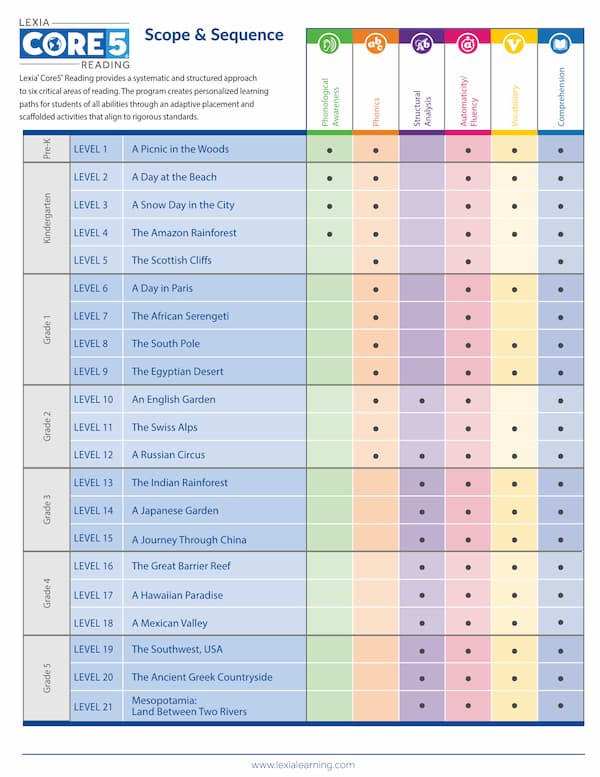 When you buy through these links, we may earn an affiliate commission.
When you buy through these links, we may earn an affiliate commission.
Fountas and Pinnell, Lexile Level, Primer, Pre-primer, Beginning Reader are all terms you may have heard if you have a young reader in your house. Seriously, what does it all mean? Is there actually a way how to determine the reading level of a book? If your child can read The Cat in Hat, which is a level J in Guided Reading, can she independently tackle Diary of a Worm, which has a Lexile Level of 510L or is she ready for Keena Ford and the Second Grade Mix-Up, even though that one has a DRA of 30?
Through this post, I am going to attempt to elucidate and explain reading levels. So scroll through to find the system that your child’s teacher uses or pour yourself a large cup of coffee and sift through all of the various ways educators, librarians, and book publishers level and categorize books for young readers.
Reading Levels Are Like Starbucks Sizes
I admit, I don’t visit Starbucks unless I have a gift card. I am also that person who goes to Starbucks and still tries to order a large iced tea. The barista calmly asks if I would like a venti or a trenta and then explains that I need to choose between Passion Tango, Matcha Green, or Guava White Tea. Then comes the question of sweetened, unsweetened, or added lemonade.
I am also that person who goes to Starbucks and still tries to order a large iced tea. The barista calmly asks if I would like a venti or a trenta and then explains that I need to choose between Passion Tango, Matcha Green, or Guava White Tea. Then comes the question of sweetened, unsweetened, or added lemonade.
For the young reader, finding a book that can be read independently can be as tricky as remembering all of the variables in a Starbucks order. Little readers who are not familiar with reading levels or taught to find a “good fit book” often go for books that are too easy and boring, too difficult and frustrating, or, like my kindergarten son, books that have too many unreadable Star Wars planet names like Kashyyyk. If a child knows her reading level, she can find books that contain sight words she knows, plot lines that are not too advanced, and vocabulary that is manageable.
Explain the Levels, Please
There are many different ways that books are leveled. Here are the three most popular methods for how to determine the reading level of a book.
Developmental
Children become readers by moving through different developmental reading stages. These stages range from the emergent pre-reader to the expert fluent reader. Typically, the emergent pre-reader is between six months and six years of age, while the expert fluent reader is 16 years and older. The developmental categories are broader categories than many of the other leveling systems.
Letter Levels
When I taught first and second grade, I found letter levels to be the most kid friendly way to organize a classroom library. If your child’s school levels books using Fountas and Pinnell, Reading A-Z, Scholastic Books, or Guided Reading Levels, then books will be leveled using a letter system. While it would be nice, these leveling systems do not always correlate. A book that is a Reading A-Z Level P, is not always a Level P using the Guided Reading Levels.
Number Levels
Books can be leveled through such systems as Lexile Numbers, The Direct Reading Assessment (DRA), and Reading Recovery. These systems measure texts by complexity and a reader’s skill level and then assign a number.
These systems measure texts by complexity and a reader’s skill level and then assign a number.
I Have My Child’s Reading Level, Now What?
Throughout the school year, your child’s teacher will probably perform reading inventories or assessments with your child. These will determine your child’s reading level.
If you homeschool or your child’s school does not use leveled reading, then use a simple test called the “five finger test” to roughly determine your child’s reading level. Have your child choose a book and open to the second page. Ask your little one to read the text out loud. If your child struggles with independently reading five or more words on that page, the book is too difficult and is not a good fit. You should also ask some comprehension questions to make sure that your young reader understands what she is reading. When a book passes the five finger test, use one of the links below to determine that book’s reading level.
Once you have the reading level, take a look at these five helpful websites, apps, and charts that will help you and your child find or level the perfect book:
- Book Wizard : Type in the title of a book to retrieve the Guided Reading Level and grade level.
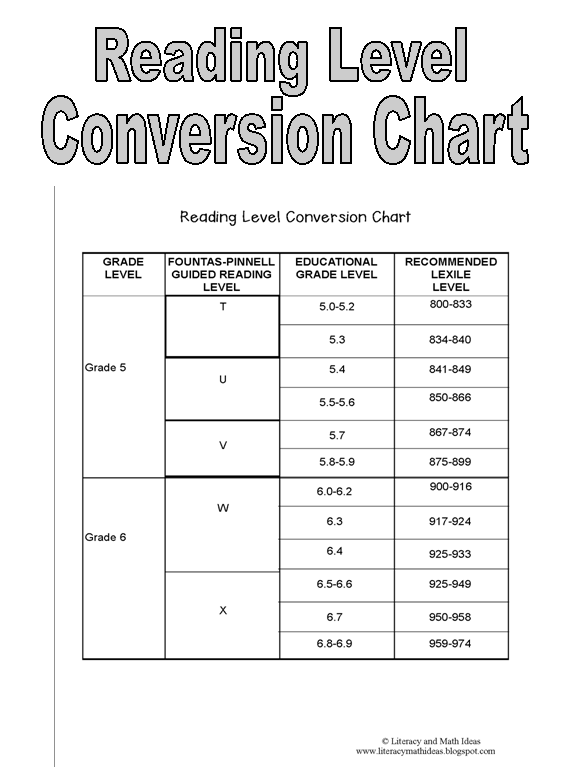
- Lexile Find-a-Book :Visit this site to find the Lexile Number for a specific book or to generate a list of books with a particular Lexile Number.
- Reading A-Z Level Correlation Chart : This is the best conversion chart out there for reading levels.
- Reading Levels Explained : Check out this very clean and user friendly site if you are still feeling overwhelmed by all of the reading level systems.
- Literacy Leveler app : Download this app and then use it to scan a book’s ISBN to see its Lexile, DRA, and GRL.
Levels Should be Helpful, Not Stressful
Reading levels should not feel restrictive. They should be used as helpful tools and not as a draconian system that kills the love of reading. Encourage your child to read books on her level, but don’t be upset if she chooses to reread an old favorite or picks up a nonfiction book that has some advanced vocabulary. Imagine how horrible it would be if adults had to always adhere to a reading level.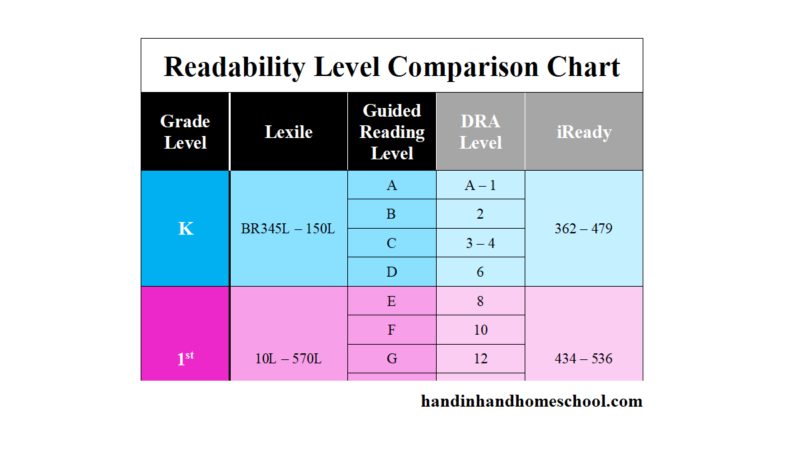 I am well aware of the fact that some of my beach reads are probably a fourth grade reading level, with a Guided Reading Level of Q, 820L, and DRA of 40. I may not always be challenged as a reader, but it is still fun to sip my trenta Passion Tango unsweetened iced tea and enjoy a book simply for the fun of reading.
I am well aware of the fact that some of my beach reads are probably a fourth grade reading level, with a Guided Reading Level of Q, 820L, and DRA of 40. I may not always be challenged as a reader, but it is still fun to sip my trenta Passion Tango unsweetened iced tea and enjoy a book simply for the fun of reading.
Need some books to practice leveling? Help yourself to 50 Must-Read Books for Beginning Readers, 20 Must-Read Books for First Graders and Second Graders, The Best Chapter Books for Kids: Engaging with Words, and 70 Must-Read Books for 3rd Graders.
Top 8 Books ‹ Inglex
A wide vocabulary is something every English learner should strive for, because the more words you know, the more you can say. However, in addition to learning new words, you also need to learn how to combine them correctly, make sentences from them and use them in your speech. And all these tricks you will be taught by textbooks on the vocabulary of the English language. We'll cover 8 of the most popular vocabulary building aids and explain how to work with them.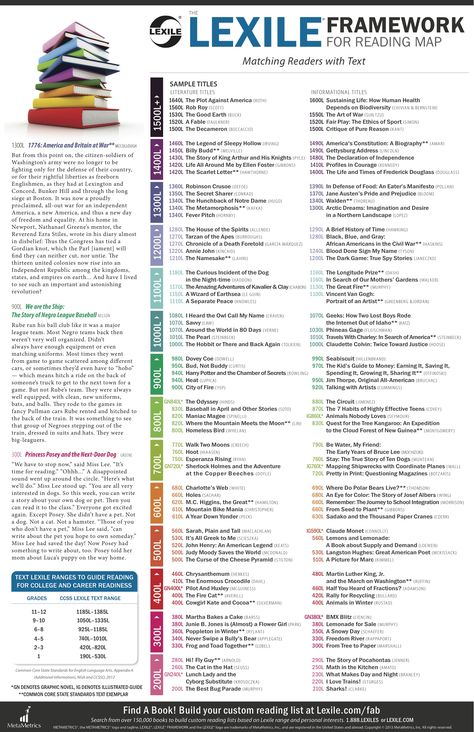
We have already compiled a detailed review of the 4 best English textbooks for our readers. At the same time, we wrote that these comprehensive manuals help develop all English language skills, as well as expand your vocabulary. Below we will explain why it is worth adding a book to a universal textbook to increase vocabulary. In this review, we will present you 8 vocabulary guides.
Why additional textbooks on English vocabulary are needed
1. Learn words effectively
Each of the textbooks on English vocabulary is focused on learning new words in context. You learn new vocabulary and immediately use it in practical exercises, see how it "works" in natural speech. This is the most productive and fastest way to improve your vocabulary.
2. Expressing Your Thoughts Accurately
Knowledge of grammar and a good vocabulary is essential to speak English confidently. In addition, if you are going to take an exam or emigrate, a large vocabulary will make your life much easier.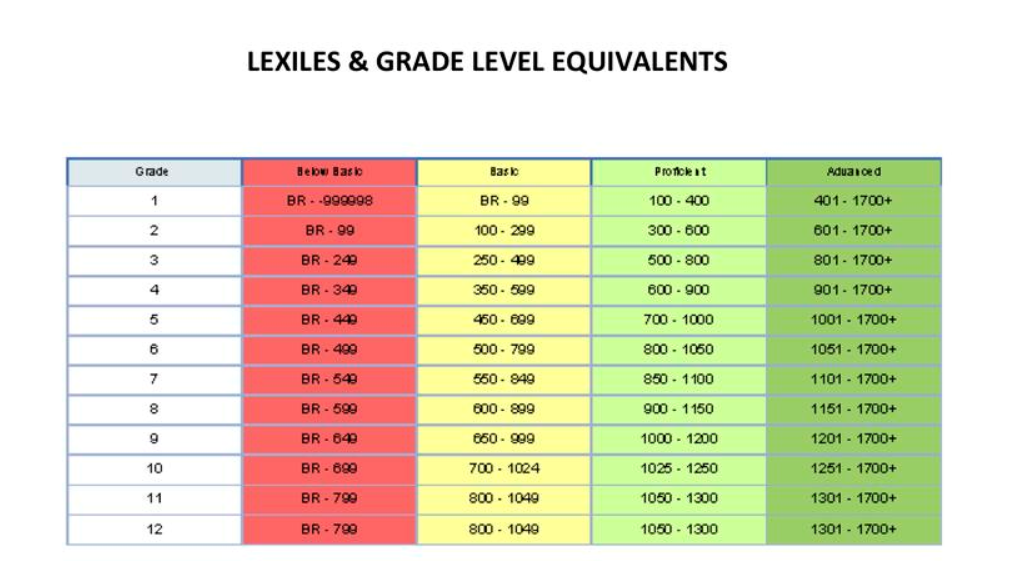 Of course, the basic textbook provides a good supply of vocabulary for every level of knowledge, but if you want to make your speech more natural and expressive, vocabulary replenishment books will come in handy.
Of course, the basic textbook provides a good supply of vocabulary for every level of knowledge, but if you want to make your speech more natural and expressive, vocabulary replenishment books will come in handy.
3. Better listening comprehension
Obviously, the more English words you know, the more you can understand. Therefore, we advise those who complain that they can hardly perceive English speech by ear to pay attention to such aids. Quite often, the reason for such a misunderstanding is that a person has a limited vocabulary, so our brain plays a cruel joke with us - we simply do not hear all unfamiliar words.
4. Activate vocabulary
A huge plus of such manuals is that they focus not so much on learning new words as on the practice of using various words of the English language. Surely you have heard people complain: “I already read English texts, but I speak very badly.” The thing is that such students have an extensive passive vocabulary of the English language - they recognize the word when they hear it or meet it in the text.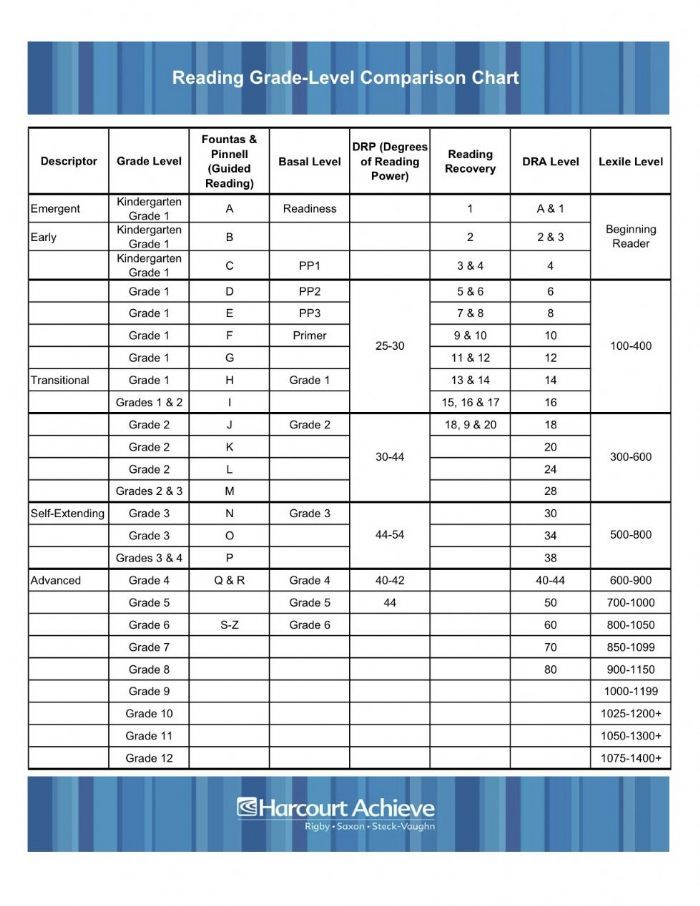 At the same time, their active stock is very small - they cannot use words that they seem to know in their speech. English vocabulary books help to solve this problem: through practical exercises and constant repetition, words move from passive to active vocabulary.
At the same time, their active stock is very small - they cannot use words that they seem to know in their speech. English vocabulary books help to solve this problem: through practical exercises and constant repetition, words move from passive to active vocabulary.
5. Reach the next level of English knowledge faster
It happens that it is a poor vocabulary that "slows down" a person, does not allow him to move to the next level. In this case, working with additional aids will help speed up the learning process.
At what level is it necessary to take such a study allowance? Each of the series of books includes textbooks for different levels of knowledge, so at any level you can pick up good material for vocabulary replenishment. If you are learning English with a teacher, you can ask him to take additional material from the textbook you like. If you study English on your own, try to regularly complete tasks from the selected manual.
The format of this textbook is similar to the editions of English Grammar in Use by Raymond Murphy, which we wrote about in the review "The 4 Best English Grammar Textbooks".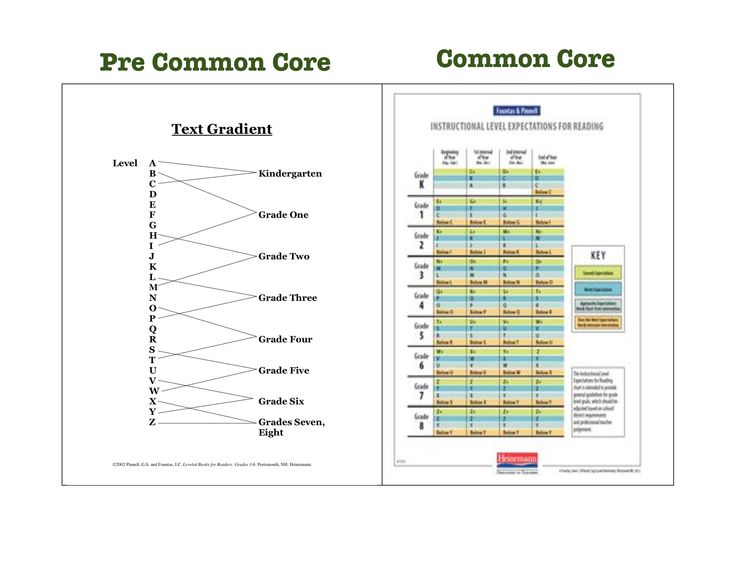 Each lesson-unit takes 1 turn: the theory is given on the left, practical exercises are given on the right.
Each lesson-unit takes 1 turn: the theory is given on the left, practical exercises are given on the right.
There are two ways to work with this tutorial. If your vocabulary is rather poor, it is best to go from the first lesson to the last one and not skip anything. If you do not have enough knowledge on some specific topics, you can choose and study them.
Vocabulary replenishment exercises in English Vocabulary in Use are tasks for choosing a word, filling in missing words in a text, crossword puzzles, writing short texts, matching a word to a picture, dividing words into groups according to some criteria, selecting definitions for idioms and phrasal verbs, selection of synonyms, etc.
Features of the textbook
If you learn English on your own, then this manual will be convenient to use. At the end of the textbook there are answers to all the exercises, you can check yourself.
The undoubted advantage of the manual is the presence at the end of the book of a list of all the words found in the units. The words are written in alphabetical order, each of them is given a transcription. Also, next to each word is the page number on which it occurs, so if you want to know how to use it correctly, just open the desired page.
The words are written in alphabetical order, each of them is given a transcription. Also, next to each word is the page number on which it occurs, so if you want to know how to use it correctly, just open the desired page.
2. Work on Your Vocabulary0003
We advise you to go through the textbook sequentially - step by step to analyze each of the lessons. However, there is a list of topics in the table of contents, so you can choose which vocabulary to learn first. In addition, at the end of the textbook, in alphabetical order, there is a list of all the words used in each lesson.
When completing tasks, you need to insert a missing word, underline the correct meaning, choose the appropriate option, or correctly sign the illustration.
Textbook features
Authors: Ruth Gairns, Stuart Redman.
Structure of the textbook and how it works
In this series of British vocabulary books, suitable material should be selected according to the following principle:
- Basic - for Elementary and Pre-Intermediate levels.
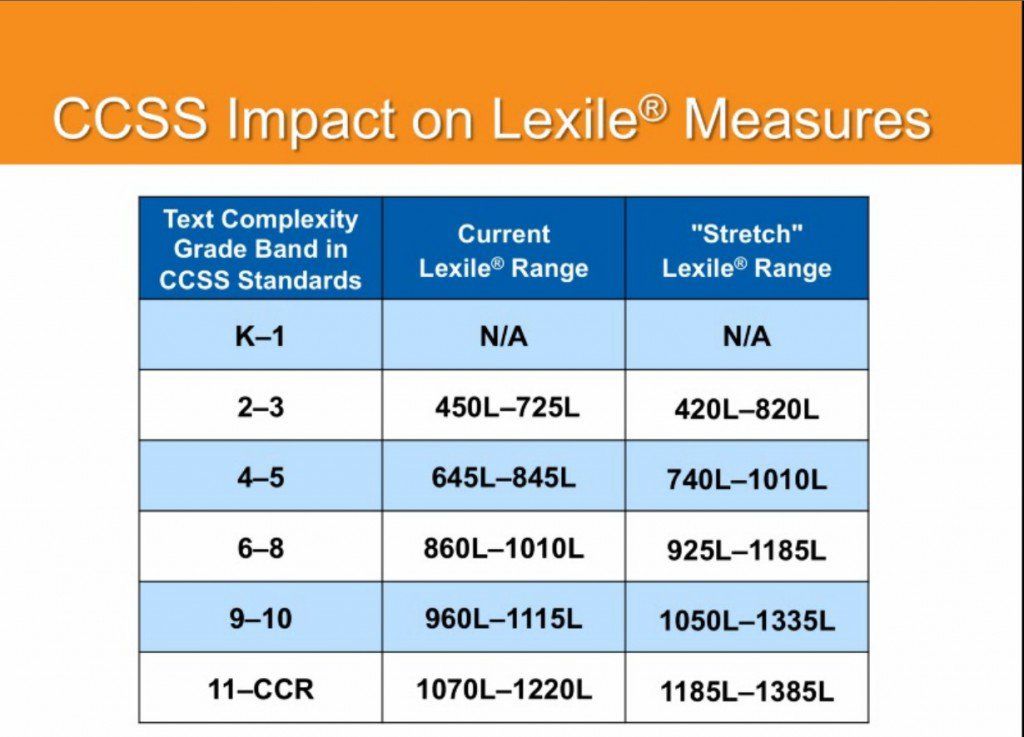
- Intermediate Manual - for Intermediate and Upper-Intermediate levels.
- Advanced Handbook - for Advanced and Proficiency levels.
Each book in this series contains 80 units. The lesson takes from one to three pages, depending on the topic. Practical exercises are immediately attached to blocks of theoretical material to consolidate knowledge. All units are divided by topic into groups-modules of 5 or 10 lessons. After each module in the textbook, you will be asked to take a test that will check how well you have learned the material of all the lessons you have completed.
As you work through this tutorial, you can also choose to go in order or select exactly those topics where you have gaps. However, if you are learning English on your own, the first option is preferable: this way you won't miss anything important.
Vocabulary tasks are diverse: fill in missing letters, find synonyms, answer questions, choose a word, insert a missing word in a phrase, etc.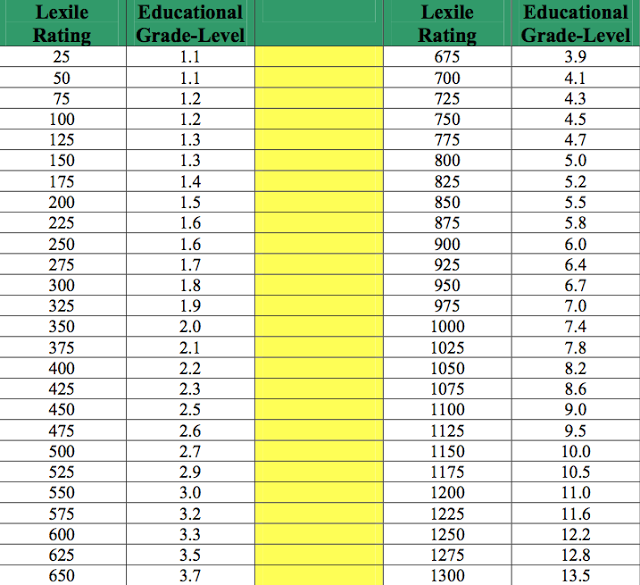 In addition to written vocabulary training exercises, Oxford Word Skills has tasks for developing speaking and listening.
In addition to written vocabulary training exercises, Oxford Word Skills has tasks for developing speaking and listening.
Textbook features
At the end of the manual there are answers to all exercises, as well as tests following each module, so this textbook can also be recommended for self-study. At the end of the manual there is a list of words in alphabetical order. For each of them, a transcription is given and the page number on which you will find exercises with this word is indicated.
Additional online exercises for this tutorial series can be found at elt.oup.com. Follow the link to the Basic, Intermediate or Advanced section, and the exercises for the corresponding manual will be available to you.
Sign up for a speaking practice course and practice vocabulary in dialogue with a teacher.
4. Test Your Vocabulary0039 Advanced
Authors: Peter Watcyn-Jones, Olivia Johnston, Mark Farrell.
The structure of the textbook and the principle of working with it
Each of the five books in the Test Your Vocabulary series consists of 60 units, which occupy 1-2 pages depending on the topic. These English vocabulary learning tutorials will appeal to those who like to take various tests. However, the books also contain theoretical material, it is presented briefly, in the form of a small historical or grammatical reference.
Despite the fact that this series is a series of books with vocabulary tests, the tasks are very diverse. You can solve different types of crossword puzzles, sign pictures, combine words into phrases, choose phrases for comic book characters, etc.
The authors suggest working with the textbook in the following way. To memorize new words well, you need to return to them repeatedly, so make all notes in the book in pencil. After completing the exercise and self-checking, remove all answers. After 1-2 months, return to the lesson and try to go through it again.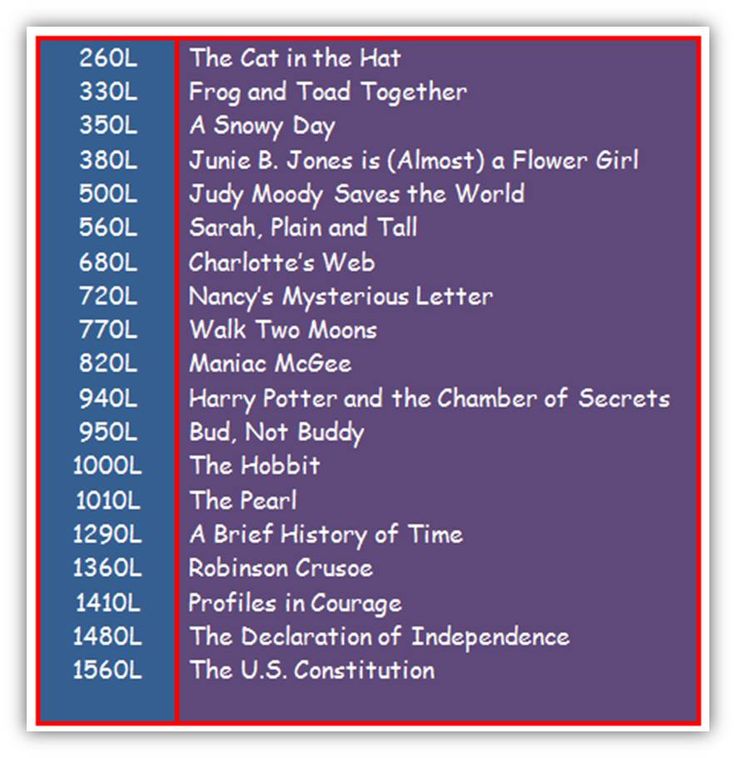 This way you will fix the vocabulary in memory.
This way you will fix the vocabulary in memory.
Features of the textbook
The main advantage of this series is interesting practice tests that help you quickly memorize new words and the specifics of their use. At the end of each textbook you will find answers to tests and a list of words to study in alphabetical order.
5. Key Words for Fluency0051
Publisher: Heinle.
Author: George Woolard.
The structure of the textbook and the principle of working with it
The Pre-Intermediate and Intermediate level textbooks in this series contain 22 voluminous lessons each, which are divided into several parts. Each part is devoted to 1 word. For this word, you will be offered about 10-20 options for phrases (collocations), that is, you will see with which words and how exactly the vocabulary in question can “work”. In the manual of the Upper-Intermediate level, words are not combined by topic, but the principle of presenting the material is the same.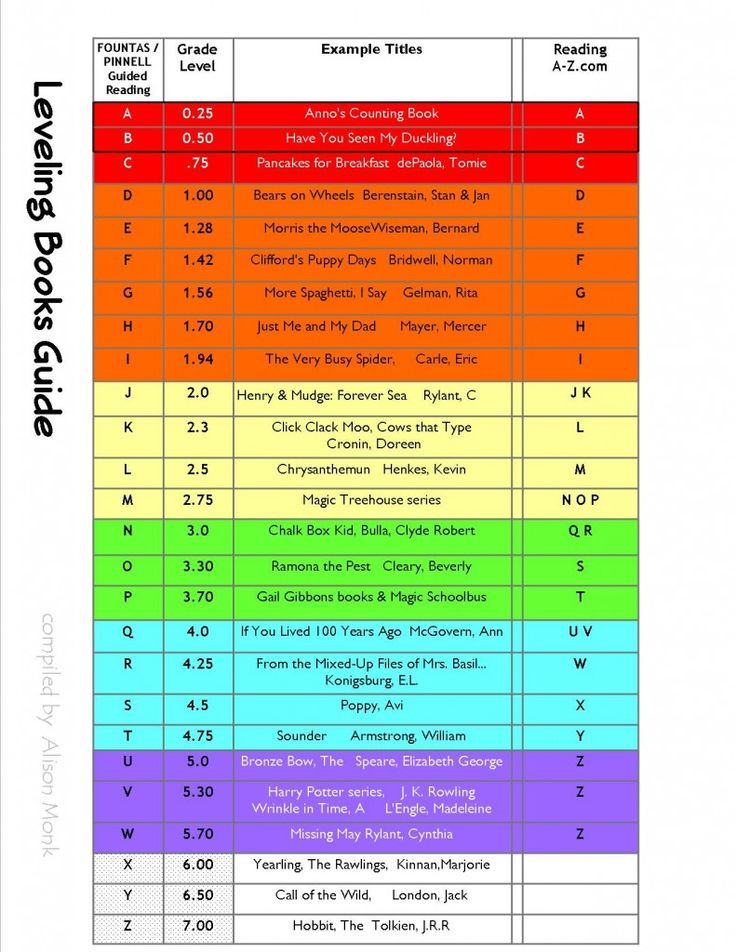
You can learn and remember all these useful phrases during the practical exercises. They are quite the same type, but after completing them, you will learn in which cases which expression should be used. In addition, many phrases contain prepositions, and English learners will confirm that it is not always easy to remember which preposition to use in a particular case. Having learned the expression completely, you will well remember the preposition that is used in a particular phrase.
Features of the textbook
This series of textbooks differs from other manuals in that you do not learn new words, but entire expressions. To speak confidently, you need to know how words "cooperate" with each other, that is, in conjunction with which words they are used. Knowing such expressions will allow you to speak English faster, avoiding mistakes in the use of words.
We recommend this textbook for those who are preparing for the FCE exam, because when writing an essay or passing the conversational part, it will be easier for you to operate with expressions, and not with individual words.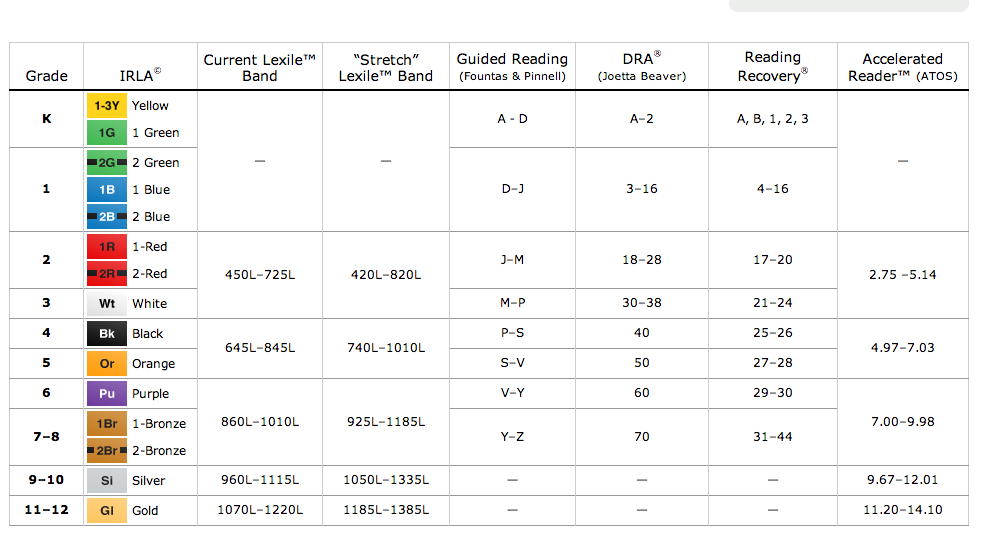
The Pre-Intermediate manual provides tests after studying each group of lessons, the other two textbooks do not have such tasks for checking, but you can return to the lesson after a while and try to go through it again, so you will see what has been deposited in your memory.
At the end of the textbooks there are answers to all tasks, as well as a list of words in alphabetical order indicating the pages on which they occur.

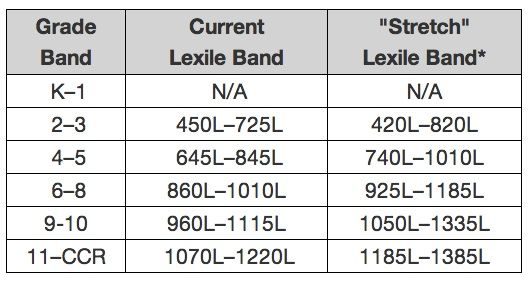 You will often see these words in articles, books, news, and casual conversation.
You will often see these words in articles, books, news, and casual conversation. 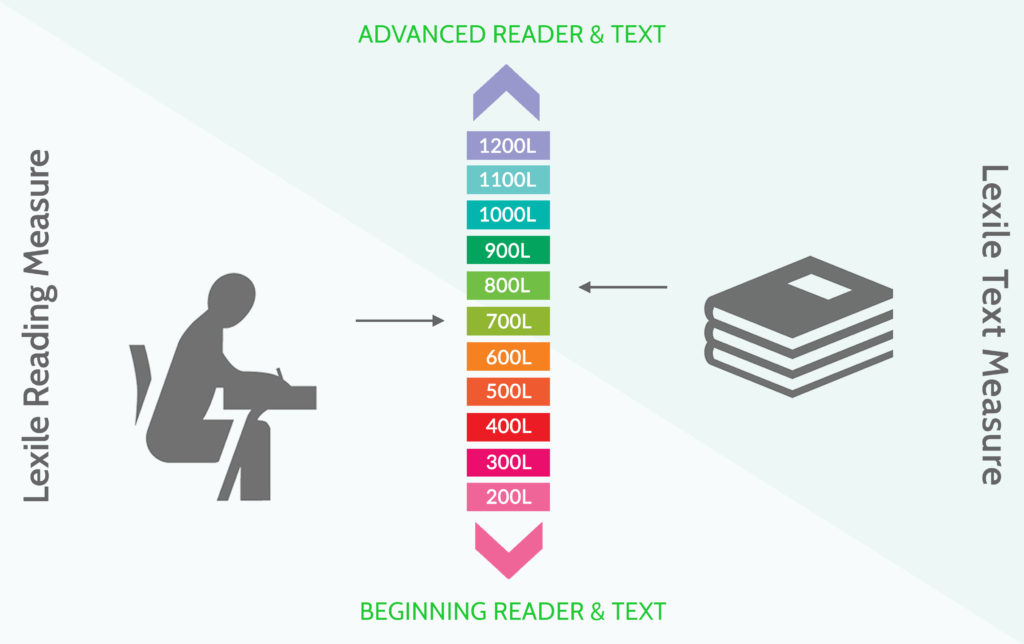
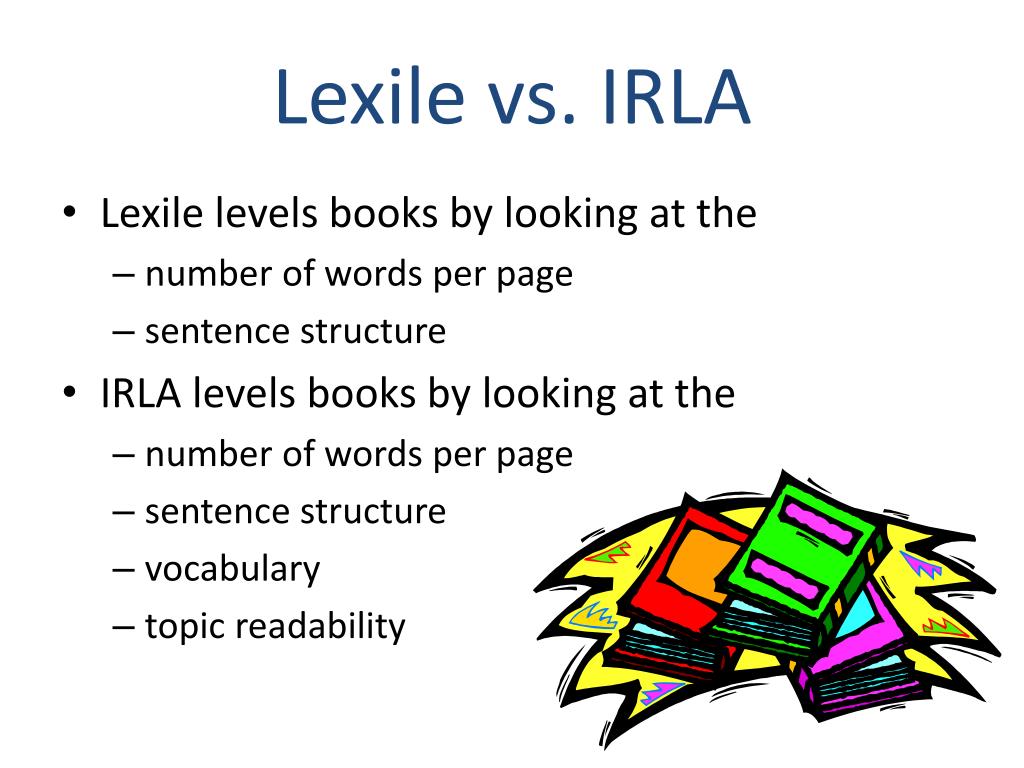
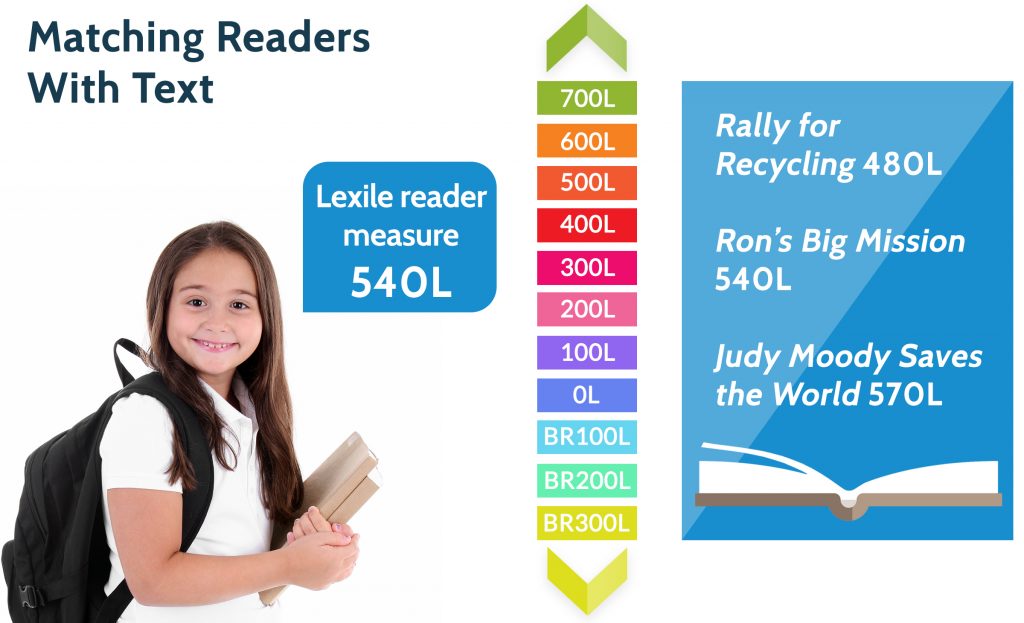
 If you are studying on your own, listen to the correct pronunciation in an online dictionary.
If you are studying on your own, listen to the correct pronunciation in an online dictionary. 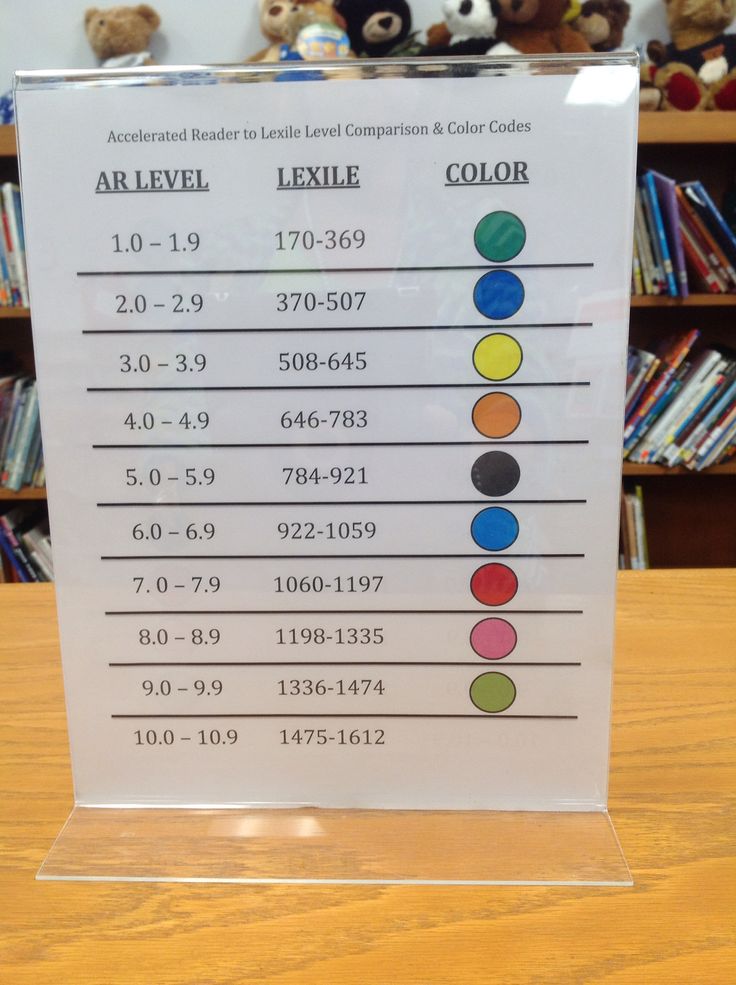 You can use all of them both for self-study and in lessons with a teacher. Learning new words using such aids will allow you not only to learn unfamiliar vocabulary, but also to learn how to use it correctly in your speech.
You can use all of them both for self-study and in lessons with a teacher. Learning new words using such aids will allow you not only to learn unfamiliar vocabulary, but also to learn how to use it correctly in your speech.  Send overly capacious expressions to them, like “real”, “fuck” and “cool”.
Send overly capacious expressions to them, like “real”, “fuck” and “cool”. 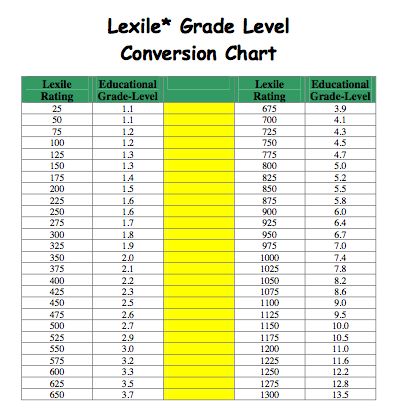
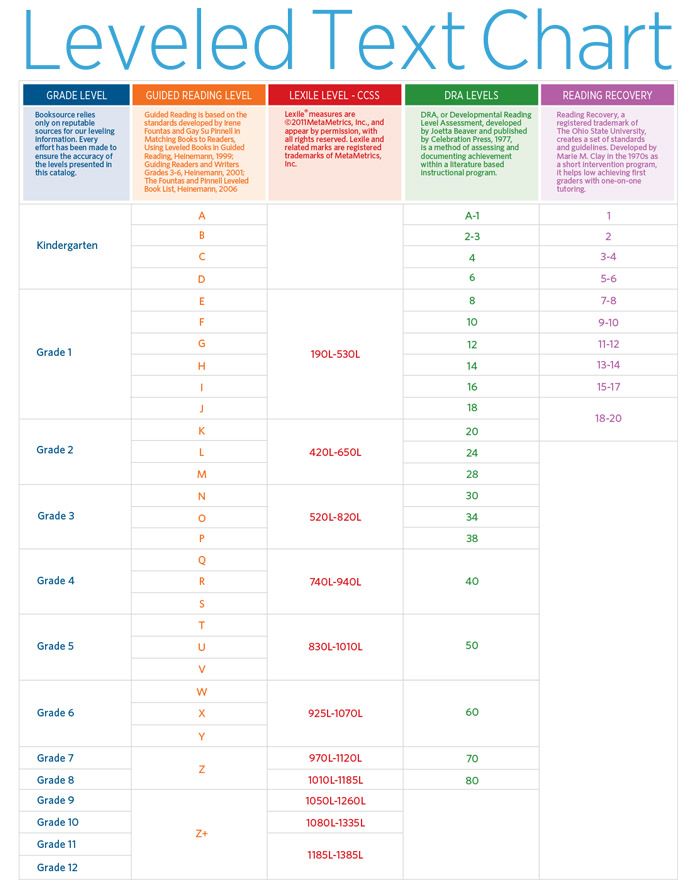
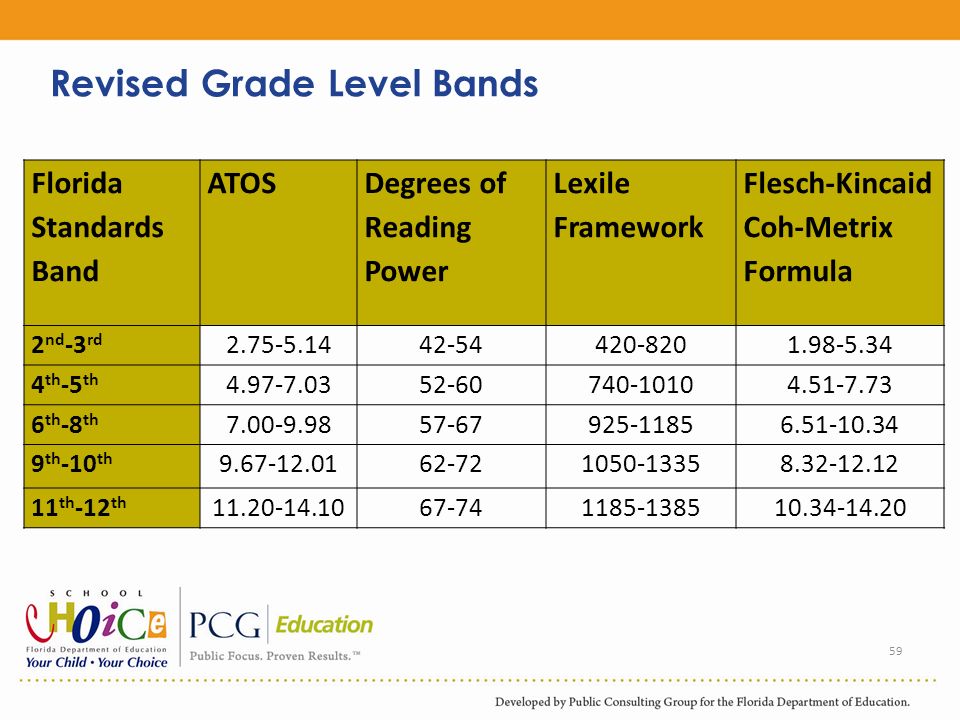
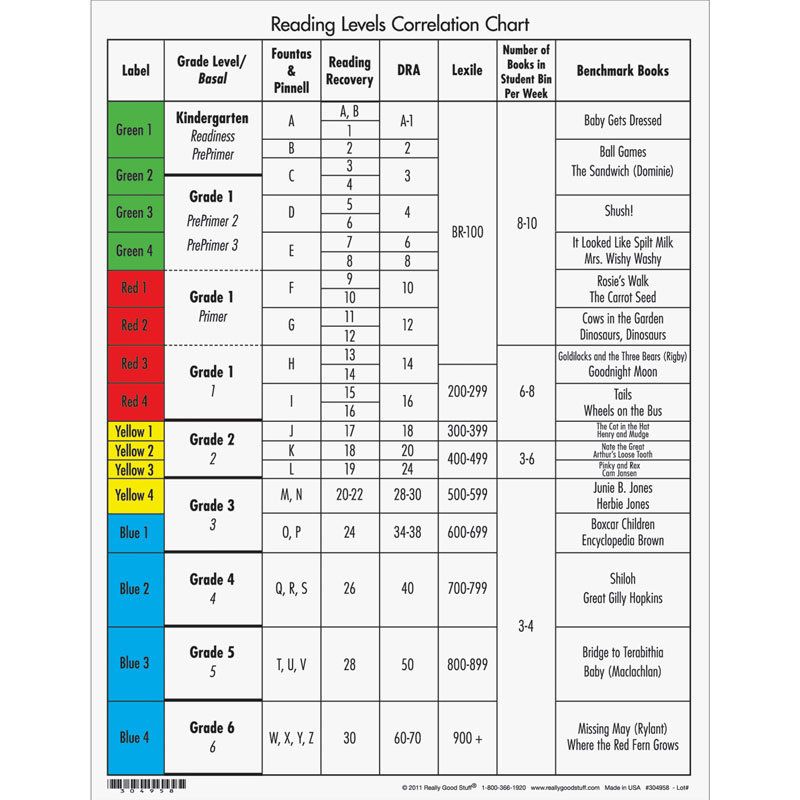
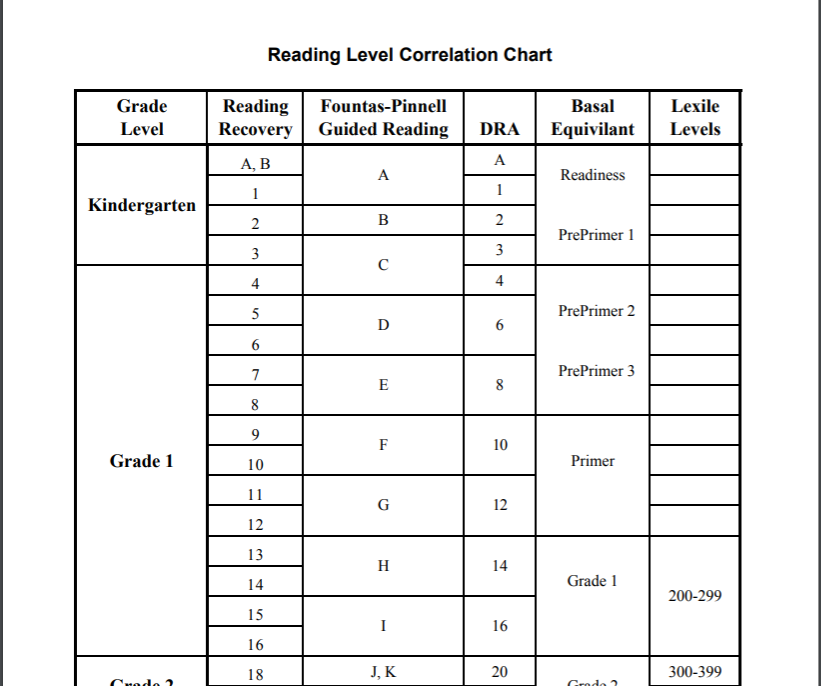 Rise, search, clothes. Approach, window, opening, freshness. Cheerfulness, inspiration, joy. By the same principle, make up stories with only verbs, adjectives or participles. This activity seems simple only at first: if you set yourself the goal of adding more and more details, you will have to learn how to carefully select words and pull them out of the passive vocabulary.
Rise, search, clothes. Approach, window, opening, freshness. Cheerfulness, inspiration, joy. By the same principle, make up stories with only verbs, adjectives or participles. This activity seems simple only at first: if you set yourself the goal of adding more and more details, you will have to learn how to carefully select words and pull them out of the passive vocabulary. 